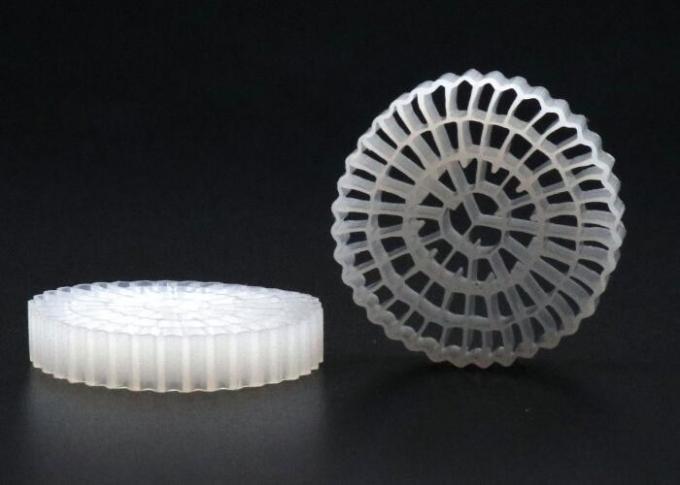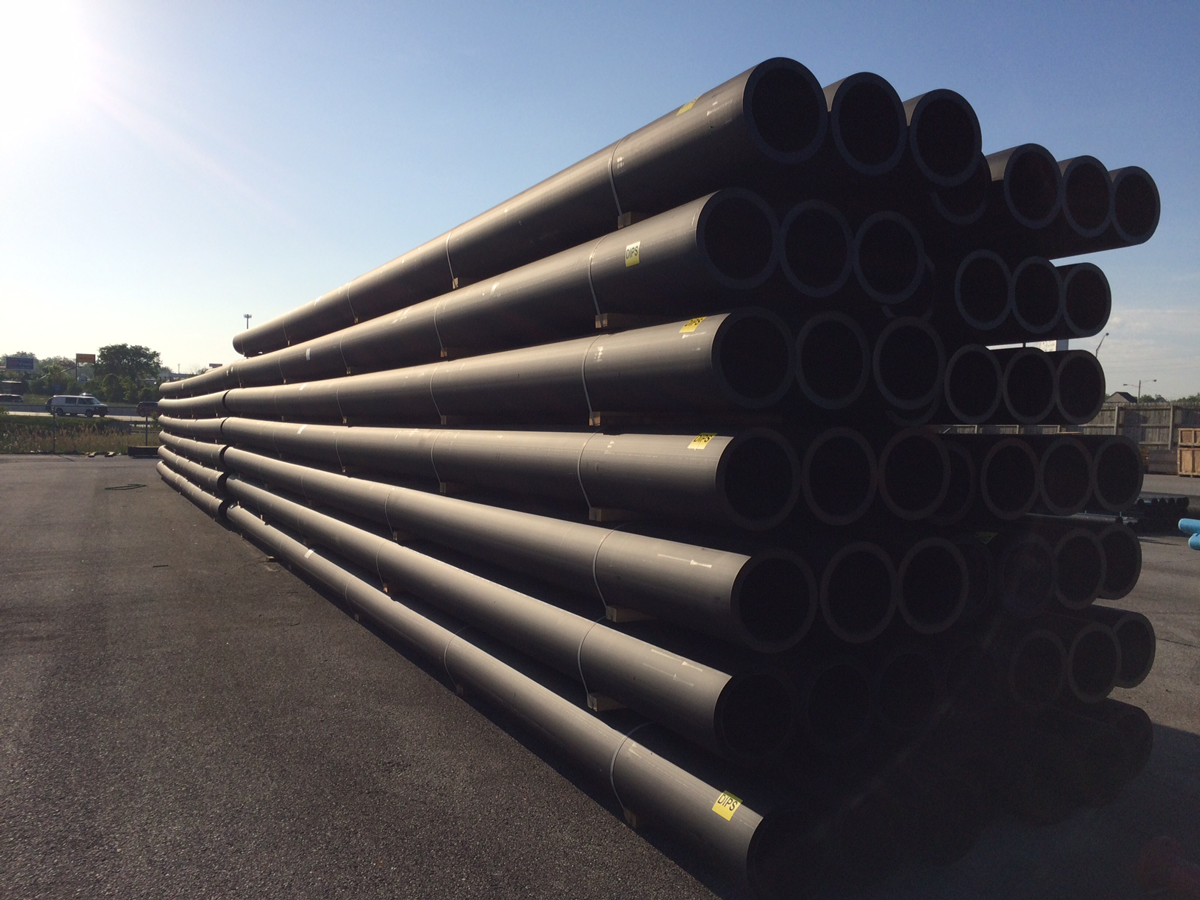

Due to glow discharge treatment, the polar component of surface energy increases significantly in HDPE and PP, especially when they are mechanically polished (800 grade) prior to glow discharge. The surface modification of the polymers by glow discharge for 120 s at a power level of 13 W decreases the contact angle more on mechanically polished specimens than that observed on unpolished sheets.

The change in surface energy due to surface modification has also been evaluated by measuring the surface energies of unpolished sheets exposed to DC glow discharge. It is observed that 800-grade emery paper of grit size 1.2 micron has been found most effective in terms of their reduction in contact angles and enhancement of their surface energies. The surface energy of a given surface has been evaluated by measuring contact angles of sessile drops of two test liquids of known surface tension components, such as deionized water and formamide. The mechanical polishing has been carried out by abrading with 120, 220, 400, 600, 800, and 1000 grade emery paper of grit sizes 8.33, 4.54, 2.5, 1.67, 1.2, and 1 micron, respectively. Present study investigates the effect of mechanical polishing prior to surface modification of substrates of HDPE and PP sheets by exposure to DC glow discharge, on the surface energy and their adhesive joint strength to steel. To improve the strengths of the adhesive joints of high density polyethylene (HDPE) and polypropylene (PP) to steel, the surfaces of HDPE and PP sheets have been treated by DC glow discharge to increase the polar component of surface energy significantly.


 0 kommentar(er)
0 kommentar(er)
